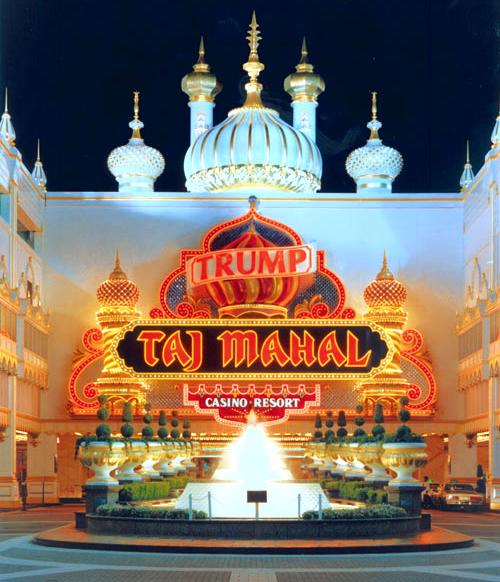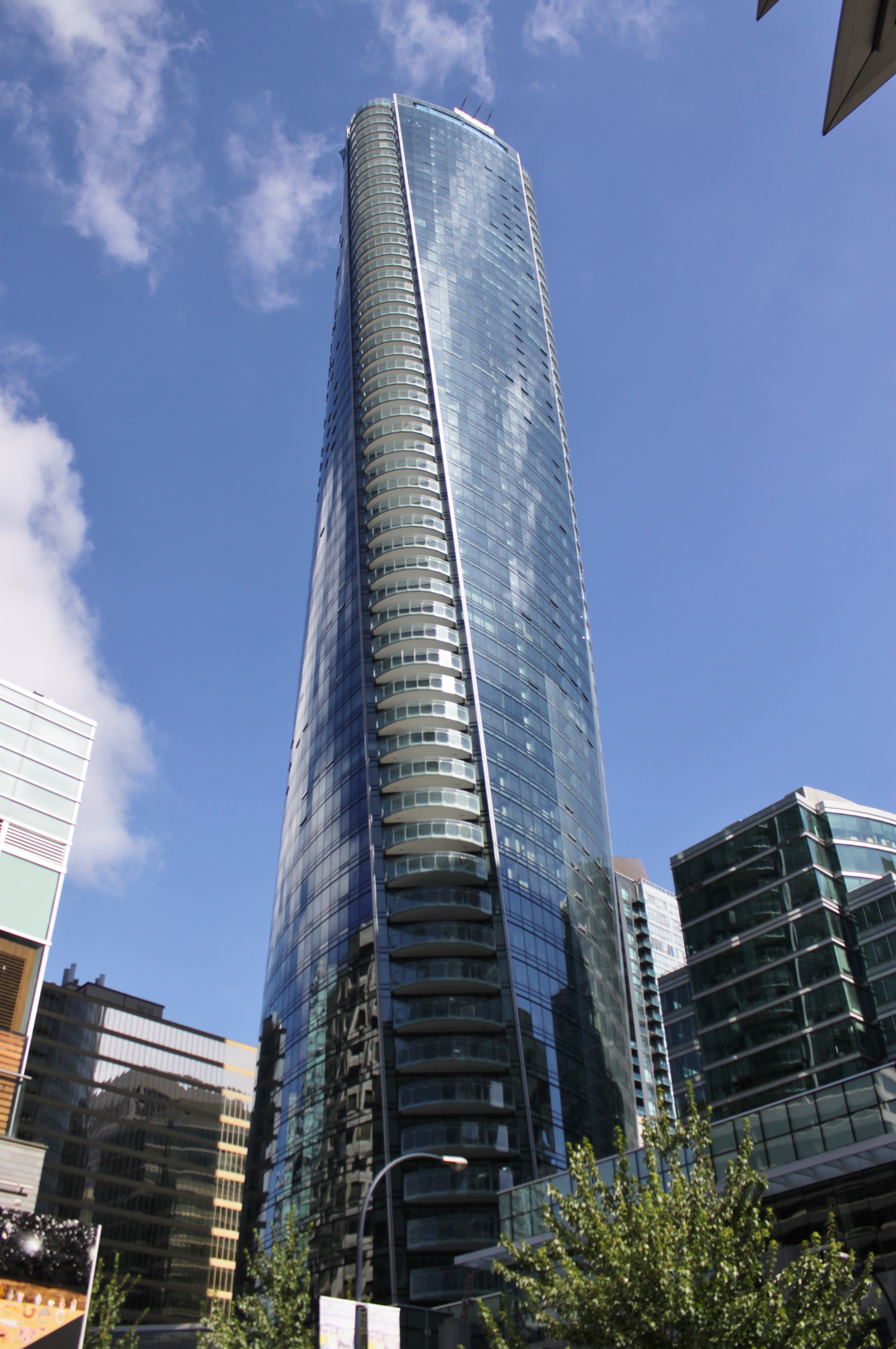Taj Mahal Casino Trump Wiki
Donald Trump has a long history in Atlantic City. During the big boom period of New Jersey's gambling capital, Trump built the Taj Mahal (now the Hard Rock Casino and Resort) and also ran the Trump Plaza Hotel and Casino.
At the time, the Taj Mahal was one of the most impressive casinos on earth. Trump invested $1 billion in the monstrous casino, and it was poised to be the most luxurious casino in the U.S.
Both of Trump's casinos went bankrupt. And many contractors and employees fell on hard times as a result.
But how much of this has to do with the up-and-down nature of the casino industry, and how much with Trump's business practices?
Trump's Taj Mahal was described as the eighth wonder of the world and the largest casino in the world. The casino covered 4.2 million square feet on 17 acres of land. Its operations were said to have cannibalized the revenue of Trump's Plaza and Castle casinos. 'Your wish is our command. At the nearly deserted eastern end of the boardwalk, the Trump Taj Mahal, now under new ownership, is all that remains of the casino empire Donald J. Trump assembled here more than a quarter. If Shah Jahan’s Taj Mahal was all about love, the Trump Taj Mahal was an ode to luck. An April 1990 photo of Donald Trump outside Trump Taj Mahal casino. Photo: Jeffrey Asher/ Getty Images Picture taken on 28 March 1990, a few days before the Taj Mahal was first opened by Donald Trump. Photo: Tony Ward/Mirrorpix/Getty Images A room inside the. Taj Mahal (born Henry Saint Clair Fredericks) is an American blues musician, singer-songwriter, multi-instrumentalist, and film composer. He plays the guitar, piano, banjo, harmonica, and many others, often incorporating elements of world music into his work.
Read to get the details below.

Table of Openings and Closings of Trumps Atlantic City Properties
| Venue | Opening | Closing | Trivia | Current Status of Building |
Trump Plaza Hotel and Casino | May 15, 1984 | September 16, 2014 | Place of inspiration for Scorsese's Casino (1995); host of WrestleMania IV and V | empty; scheduled to be demolished |
| Trump Castle/Marina | June 19, 1985 | May 23, 2011 | Renamed Trump Marina in June 1997 after nearly closing. Father Fred Trump tried to make a loan in the form of chips at the casino. | Golden Nugget |
| Trump's Taj Mahal | April 2, 1990 | October 10, 2016 | Fined $10 million for 'significant and long-standing money laundering violations.' | Hard Rock |
Trump Plaza (1984-2014)
Trump Plaza (a casino and hotel) was Trump's first and more successful business venture in Atlantic City. Trump Plaza would grow to have 906 hotel rooms. The casino contained over 86,000 square feet of gaming space.
Breaking ground, then filling it, then breaking it again
Trump seized upon the opportunity during the height of the casino boom in Atlantic City. He struck a deal with the Holiday Inn company to build the casino and hotel buidling. Harrah's was already at the marina and looking to expand, so the deal was made that Harrah's new casino would be in Trump Plaza.
Despite the fact that Trump was having his building constructed by Holiday Inn and the casino organized by Harrah's, he was slow to break ground. In his Art of the Deal, Trump wrote that had his builders dig a hole, to satisfy Holiday Inn inspectors, and then fill it again when they left.
Trump Plaza's First Years
Trump Plaza cost $210 million to build. When it opened on May 15th, 1984, it was the largest casino in Atlantic City.
While it had a rather strong beginning, by 1990 Trump Plaza was having serious financial problems. In part, this was due to competition from none other than Trump's Taj Mahal.

After seeking a backer for years, the Trump Plaza closed in 2014, laying off around 1,000 employees.
Trump Plaza and Scorsese's Casino
Gambler Akio Kashiwagi lost $10 million in baccarat at Trump Plaza in 1990. Not long after, Martin Scorsese's made it the subject of his film, Casino (1995).
Trump's Taj Mahal (1990-2016)
Trump's Taj Mahal opened with some serious publicity. It was declared the Eighth Wonder of the World. Indeed it was covered with marble, enormous glass walls, and onion domes. Modeled after the white marble Taj Mahal in Agra, India, Trump's Taj Mahal was no less visually spectacular.
Funding the Taj Mahal
The Taj was financed with $700m worth of 'junk bonds.' Junk bonds are high-risk, high-yield loans given to companies with low-credit ratings. This meant the Taj had to come up with $94m a year just to pay off its debts, and $1m a day to be profitable
Trump and Unpaid contractors
“You have to be very rough and very tough with most contractors, or they’ll take the shirt right off your back.” --- Donald Trump: The Art of the Deal
'Atlantic City fueled a lot of growth for me'
- Donald Trump, to New York Times (June 11, 2016)
At the opening of Trump’s Taj Mahal in 1990, he owed $70 million to various contractors. While the casino was not a complete failure, it did not make the kind of money it needed. By 2016, the casino had closed completely bankrupt.
Trump's bankruptcy meant that several contractors were never paid for their work and materials. Below are some claims for unpaid debts to contractors:
- $2 million to Robert Morrison of the Molded Fiber Glass Co. for creating onion domes
- undisclosed amount to Michael MacLeod, sculptor of elephant statues
- $1.2 million for the paving stones leading up to the Taj to Mario Paone
- $1.1 million to Marty Rosenberg for floor-to-ceiling curtain walls of glass
- $3.9 million owed to John Millar, marble supplier
- more than $500,000 owed to landscaper Herman Caucci
- $580,000 owed to Frank Lundy for overseeing construction clean-up
- $232,000, George Jenkins, the bathroom partition man who had to lay off his brother
The contractor who made the Taj's eye-catching onion domes claimed $2 million in losses. The contractor who supplied the Carrara marble from Italy ended up filing for personal bankruptcy. The contractor who put in the bathroom partitions had to lay off his brother.
Marty Rosenberg, who was installing floor-to-ceiling curtain walls of glass, was owed $1.1 Million.
Competing Atlantic City Casinos
Taj Mahal Casino Trump Wikileaks
Although the Trump Taj Mahal was deeply in debt and filed for bankruptcy, thus leading to Trump losing many of his assets, Atlantic City continued to boast huge revenues. By the early 2000s, revenues hit $4 billion.
Trump’s reign in Atlantic City came to an end in 2004, when his consolidated company Trump Hotels & Casino Resorts filed for bankruptcy, with Trump resigning as chairman.
Trump Taj Mahal Casino Wiki
Many other Atlantic City casinos' revenues saw constant growth throughout Trump’s public battle against bankruptcy. These revenues would only see a decline following the 2008 recession.